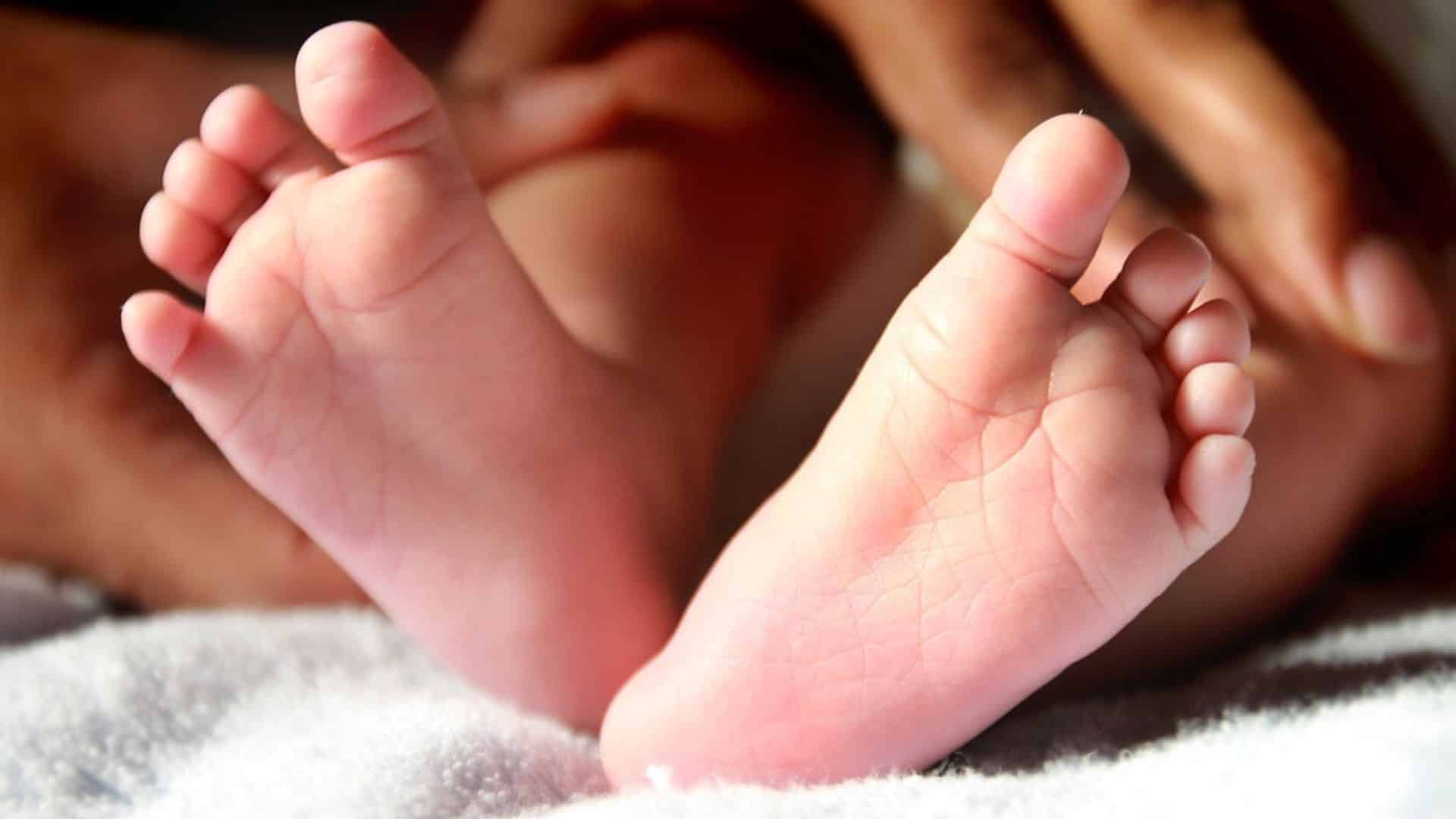Well Heeled Podiatry is a very friendly, experienced Children’s Podiatry clinic. Our podiatrist has a fond interest in looking after your child’s lower limb development from when they are born into adulthood.
Well Heeled Podiatry is highly experienced in Children’s Podiatry, from babies, to toddlers to adolescence, we are across it all.
Your baby’s feet are not just a smaller version of an adult foot, they are very soft and flexible. Therefore abnormal pressures or stresses on bones and tissues can easily cause deformity.
Babies and toddler’s feet grow very rapidly. It is important that this developmental process proceeds normally to allow normal function later in life.
Majority of children’s foot conditions result from either trauma, hereditary factors and/or deformity. However inappropriate footwear can play a major role in exacerbating pre-existing conditions and/or accelerating the process of deformity.
Parenting Tips:
- Inspect your baby’s feet and lower limbs regularly. If you notice something that does not appear normal you may want to seek a professional opinion.
- Regular monitoring and changing shoes, clothes and sock sizes to ensure there is enough room for growth.
- Allow free movement of the legs and feet, making sure blankets are not restrictive (i.e. lying uncovered to allow kicking and bending at the knees and hips, which will prepare your babies limbs for walking).
- Be aware that foot deformities will generally not grow out themselves and professional treatment and monitoring is advisable.


